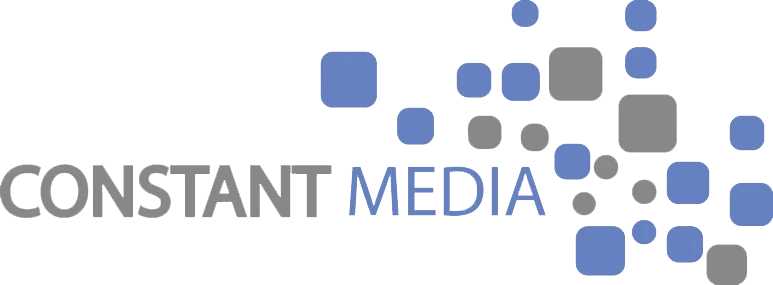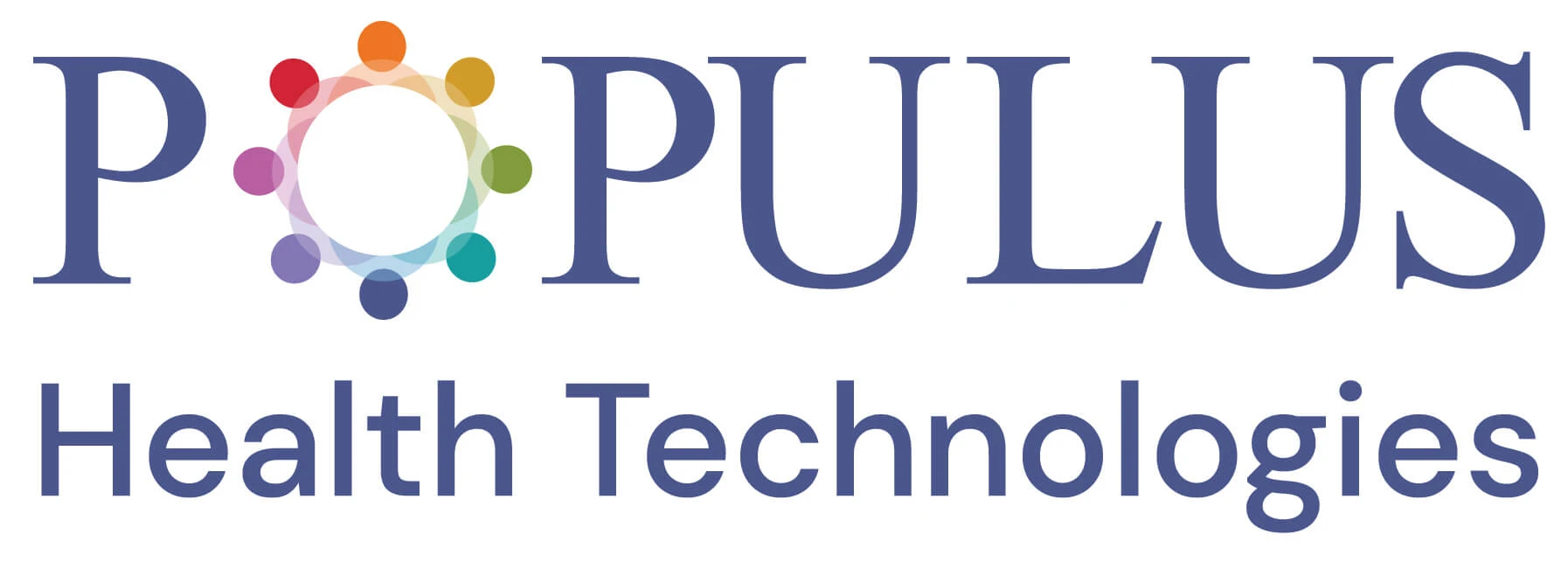POCMA Healthtech Innovation: Where Patient Insights Meet Patient Outcomes
ArticlesTuesday Aug 6, 2024

Effectively identifying and engaging patients is a precondition for success in educating and treating patients through the care journey. In preparation for the 2024 POC NOW Summit, members of the Point of Care Marketing Association (POCMA) shared their innovations around activating patient data and healthcare practitioner knowledge. This article explores five healthtech innovations elevating the point of care experience and the way healthcare providers interact with patients. Not only do these tools amplify patient and provider awareness; they power healthcare marketers and brands to deliver the optimal education to the people who need that information most.
1. Revolutionizing the Printed Channel at the POC with AI-Driven Content Personalization (Physician’s Weekly, a Formedics property)
In an era where personalization of information is expected on emails opened and websites visited, Physician’s Weekly (PW) is dedicated to ensuring the printed format is on par with its digital channel counterparts – delivering personalized and engaging experiences for healthcare providers and in the process, setting new standards in content delivery at the point of care.
Printed materials have historically had limitations around flexibility and customization. PW combines two cutting-edge technologies, a proprietary data platform and digital printing techniques, to bring personalization and speed to a channel many readers find the most convenient way to absorb educational information. For the first time, each practice can receive personalized content selected for that specific group of doctors – in a printed format, at a massive scale, quickly.
Physician’s Weekly recently developed a custom adaptive AI platform that gathers a wide set of individual and location-level data inputs to select hyper-relevant articles for a specific POC location. With the largest opt-in network of over 50,000 hospital and practice locations, every office location now receives curated editorial experiences based on data-informed recommendations.
Personalized printed material at the POC pushes the boundaries of the printed channel, delivering on the market’s desire for all channels to be nimble and dynamic, flexing as quickly as brand campaigns demand. For brand partners, this means available ad segmentation at the location level delivering deep engagement and greater impact to target audiences.

Key features of AI-Driven Personalization at Scale:
- Proprietary data engine: Combines 1st and 3rd party data to harness HCP behaviors, preferences, patient demographics, patterns of influence, etc..
- AI-powered content selection: Curates appropriate content from PW’s core library.
- Proprietary IMPACT Data Platform: Leverages comprehensive data sets for more accurate content personalization.
- Adaptive AI solution: Harnesses observations of HCP engagement and peer interactions to continually refine content delivery.
With the launch of their new parent company Formedics, Physician’s Weekly continues to build on their foundational data infrastructure to capture even more advanced HCP insights and can now incorporate printed material into complex omnichannel strategies including next best engagement campaigns.

2. Trigger-Based Precision Messaging on POC Platforms for Enriched HCP-Patient Conversations (Doceree Triggers)
When it comes to marketing messages, the timing and location of delivery are paramount, especially in healthcare. Through point of care (POC) messaging, life science marketers can precisely deliver the right message at the right time, thereby elevating diagnosis and treatment decisions of healthcare providers (HCPs). Yet a staggering 87% of life sciences marketers are unaware of the script lift potential associated with POC campaigns. (Doceree Submission 2024).
Bringing this realization to the life sciences marketers, Doceree leveraged its patented Triggers technology to ensure only relevant information is delivered to the HCPs at crucial moments of care in the HCP-patient journey. The impact of Doceree Triggers, technology on healthcare marketing and patient care is evident. This innovative approach to in-workflow, real-time contextually triggered content helps HCPs receive relevant information exactly when they need it. Marketers using this solution on POC channels have shown a threefold increase in script generation compared to other online channels. The trigger-based messaging approach has demonstrated a 32% higher script lift compared to non-targeted outreach.
Key features of Doceree Triggers technology:
- Precision targeting: Delivers messages to HCPs at critical stages of the healthcare journey.
- Extensive integrated network: Accesses the largest network of directly integrated point of care platforms.
- Centralized dashboard: Provides a comprehensive view of distributed messages and key performance metrics.
- Enhanced performance metrics: Offers detailed analytics for measuring and optimizing communication strategies.
- Data-driven approach: Utilizes prescriber-behavior data to facilitate more effective patient interactions.
- Trigger-based messaging: Responds to specific HCP actions to deliver relevant and timely communication.
- Cross-channel integration: Bridges POC and other digital channels for a cohesive marketing approach.
By improving message relevance, Doceree Triggers technology enhances engagement and brand recall amongst HCPs. This can lead to better-informed discussions between HCPs and patients about treatment options, potentially improving the quality of patient care. For marketers, the technology offers real-time campaign management and analytics, leading to more efficient marketing operations. The data-driven approach empowers marketers with tools for continuous improvement and refinement of communication strategies.


3. Data Driven Solution Streamlines Complex Medication Titration (ConnectiveRx)
Recognizing the challenges associated with complex dose titration, ConnectiveRx has developed Smart Dosing, an innovative in-EHR solution that automates and streamlines complex dose titration through timely in-workflow alerts and reminders. While ConnectiveRx has long pioneered EHR engagement solutions, Smart Dosing represents an entirely novel capability. It is the first offering in the industry to integrate incremental dosing support directly into the e-prescribing workflow.
Key features of the Smart Dosing solution include:
- EHR integration: Seamlessly integrates into existing electronic health record systems.
- Automated tracking: Monitors each patient’s titration schedule using EHR data.
- Point-of-prescribing alerts: Provides real-time notifications if renewal orders deviate from guidelines.
- Proactive reminders: Delivers timely messages to prompt chart review and dosage adjustments.
- Workflow optimization: Reduces prescribers’ titration-related cognitive load through ambient support and timely guidance.
- Pharmacy network integration: Extends support to pharmacists, ensuring proper dosing and titration requirements.
- Brand-specific customization: Adapts to unique and complex dosing structures of specific medications.
By keeping patients optimally titrated, Smart Dosing enhances treatment effectiveness and continuity for better healthcare outcomes.
For healthcare providers, Smart Dosing alleviates the mental load associated with managing intricate dosing regimens. It provides a cohesive approach to dose management across the healthcare continuum, from prescriber to pharmacist, enabling immediate course correction and improving the timeliness of dosage adjustments.
From a pharmaceutical marketing perspective, Smart Dosing helps companies retain sales that might otherwise be lost due to poor adherence. By leveraging EHR data to inform and guide prescribing decisions, it sets a new standard for how complex medication regimens can be managed more effectively and efficiently in clinical settings.

4. Free Wearable Device Revolutionizes Remote Patient Monitoring (Constant Media)
Being digitally connected and sharing information has become an everyday part of many ordinary lives. Leveraging the openness to health information monitoring and sharing, Constant Media has developed an innovative free home remote monitoring device that provides real-time health vitals for both providers and patients. Whether a patient’s data is used to support in-office visits or supplement virtual care, affordable home monitoring can make a huge difference on diagnosis, treatment decisions and adherence. Expensive wearables and labor-intensive apps have become a staple of luxury health and wellness consumers, but are not easily affordable or usable for everyone. In contrast, Constant Media’s solution offers real-time health vitals for a broad population, representing a significant advancement in point-of-care technology and patient engagement.
Key features of the Constant Media Watch include:
- Free accessibility: Offers advanced health monitoring at no cost to patients, increasing accessibility.
- Real-time health vitals: Provides up-to-the-minute health data for both patients and healthcare providers.
- Remote patient monitoring: Allows physicians to check in on patients’ treatment progress from any location.
- Enhanced patient engagement: Actively involves patients in their care plan, potentially improving adherence by 35%*. Comprehensive health tracking: Monitors various health metrics, enabling a holistic view of patient health.
- Potential cost reduction: Aims to reduce overall patient healthcare costs through proactive monitoring.
- Improved treatment adherence: Encourages patients to follow prescribed care plans more closely.
*According to a recent KLAS study
The potential impact of this innovation on healthcare delivery and patient outcomes is substantial. By providing real-time monitoring and engagement, patients may be more likely to adhere to treatment plans. This proactive approach to healthcare enables early intervention based on real-time health data, potentially preventing complications and reducing the need for frequent in-person

5. Synchronized Messaging Platform Enhances Patient-Provider Interactions (Populus Conversations)
Patients and providers often receive disconnected or poorly timed information, leading to suboptimal care discussions. Recognizing this challenge, Populus has developed Populus Conversations, a platform that enables synchronized messaging to both patients and healthcare providers (HCPs) during the same clinical engagement.
Key features of Populus Conversations include:
- Synchronized engagement: Delivers targeted messages to patients immediately before their consultation, paired with relevant information for HCPs during the same timeframe.
- Versatile deployment: Functions in both physical and virtual healthcare environments, including patient check-in systems, office tablets, mobile devices, and telehealth platforms.
- Contextual relevance: Utilizes known consultation reasons to provide highly relevant content to both patients and HCPs.
- Data-driven targeting: Employs 100% first-party data for precise targeting, ensuring compliance with privacy regulations and resilience against cookie deprecation.
- Expanded reach: Partners with leading practice software companies, granting access to some of the largest practices and healthcare systems across all specialties in the US.
- Timing optimization: Leverages the critical moment of consultation to deliver messages when they are most likely to influence decision-making.
- Compliance: Fully compliant with healthcare marketing regulations, addressing a key concern in pharmaceutical advertising.
By providing timely, relevant information to both patients and HCPs simultaneously, the platform creates an environment where meaningful conversations can naturally arise. This synchronized approach acknowledges that patients may not always be in a position to advocate for themselves or remember key questions during appointments. Instead, it empowers both parties with contextual information, supporting a more holistic, patient-centered approach to care discussions.
For pharmaceutical marketers, Populus Conversations offers a unique opportunity to reach both patients and HCPs at critical moments in the care journey. By aligning patient education with HCP information in real-time, this innovation has the potential to significantly enhance the effectiveness of pharmaceutical marketing, potentially leading to more informed patient-provider discussions and appropriate prescribing decisions.


The Final Points
These tech-centered innovations from POCMA members represent a significant leap forward in how patients are identified, engaged, and treated within the healthcare system. They help healthcare practitioners to streamline workflows and stay on top of patient data. Moreover, these innovations guide better treatment adherence without overly depending on patient resources, health literacy, or behavioral changes. From data-driven personalization of content for HCPs to synchronized messaging platforms and remote monitoring devices, these solutions are addressing critical gaps in healthcare delivery and communication.
As these technologies continue to evolve and integrate, we can expect to see even more personalized, efficient, and effective point of care experiences. The future of healthcare lies in harnessing the power of data, AI, and connected devices to create a more responsive, inclusive, and patient-centered healthcare ecosystem.
These innovations not only promise to improve patient outcomes and provider efficiency but also offer new opportunities for pharmaceutical and healthcare companies to engage with their target audiences in more meaningful and impactful ways. As we move towards a tech-enabled future of healthcare, it’s clear that the point of care will continue to be a critical nexus for innovation, engagement, and improved health outcomes.